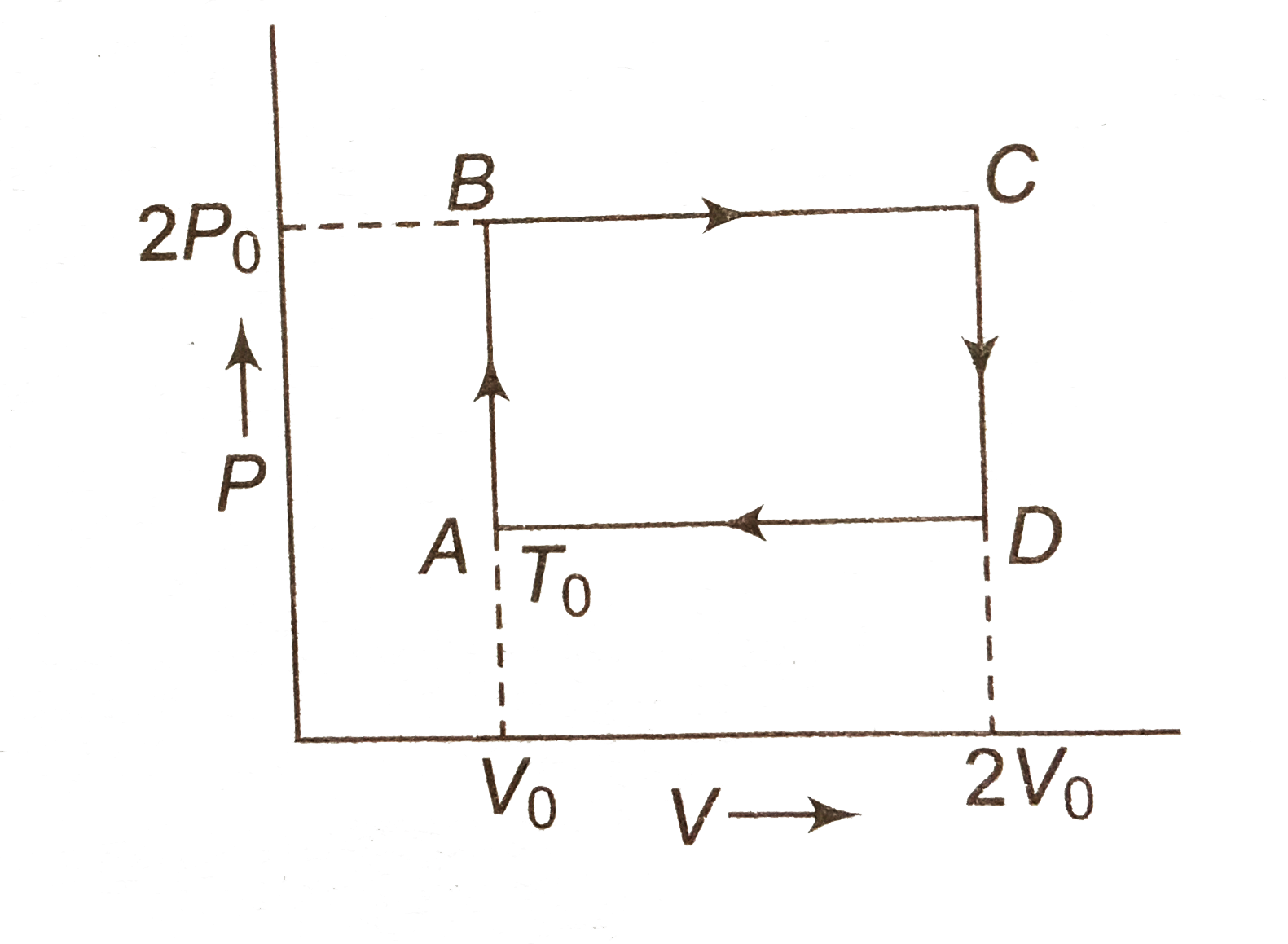The thermodynamic efficiency of cell is given by
nFE/ΔG
ΔGΔH
ΔH/ΔG
nFE
The correct Answer is:B
To determine the thermodynamic efficiency of a cell, we can follow these steps:
1. Understanding Thermodynamic Efficiency:
The thermodynamic efficiency of a cell, particularly in the context of electrochemical cells, is defined as the ratio of useful work output (Gibbs free energy change, ΔG) to the total energy input (enthalpy change, ΔH) during the electrochemical reaction.
2. Formula for Thermodynamic Efficiency:
The formula for calculating the thermodynamic efficiency (η) of a cell can be expressed as:
η=ΔGΔH
where:
- η is the thermodynamic efficiency,
- ΔG is the Gibbs free energy change,
- ΔH is the enthalpy change of the reaction.
3. Understanding Gibbs Free Energy (ΔG):
Gibbs free energy change (ΔG) indicates the maximum reversible work that can be performed by a thermodynamic system at constant temperature and pressure. It is a measure of the spontaneity of a reaction.
4. Understanding Enthalpy Change (ΔH):
Enthalpy change (ΔH) represents the total heat content of the system and is associated with the energy absorbed or released during a reaction.
5. Calculating Efficiency:
To calculate the efficiency, you need to know the values of ΔG and ΔH for the specific reaction occurring in the cell. Once you have these values, substitute them into the efficiency formula.
6. Interpreting the Result:
The efficiency value will be a fraction or percentage. A higher efficiency indicates that a larger portion of the energy input is converted into useful work, while a lower efficiency indicates more energy is lost, often as heat.
Final Expression:
Thus, the thermodynamic efficiency of a cell can be succinctly expressed as:
η=ΔGΔH
The thermodynamic efficiency of a cell, particularly in the context of electrochemical cells, is defined as the ratio of useful work output (Gibbs free energy change, ΔG) to the total energy input (enthalpy change, ΔH) during the electrochemical reaction.
The formula for calculating the thermodynamic efficiency (η) of a cell can be expressed as:
η=ΔGΔH
where:
- η is the thermodynamic efficiency,
- ΔG is the Gibbs free energy change,
- ΔH is the enthalpy change of the reaction.
Gibbs free energy change (ΔG) indicates the maximum reversible work that can be performed by a thermodynamic system at constant temperature and pressure. It is a measure of the spontaneity of a reaction.
Enthalpy change (ΔH) represents the total heat content of the system and is associated with the energy absorbed or released during a reaction.
To calculate the efficiency, you need to know the values of ΔG and ΔH for the specific reaction occurring in the cell. Once you have these values, substitute them into the efficiency formula.
The efficiency value will be a fraction or percentage. A higher efficiency indicates that a larger portion of the energy input is converted into useful work, while a lower efficiency indicates more energy is lost, often as heat.
Thus, the thermodynamic efficiency of a cell can be succinctly expressed as:
η=ΔGΔH
Similar Questions
Knowledge Check
The thermodynamics efficiency of cell is given by:
AΔHΔGBnFEΔGC−nFEΔHDZeroThermodynamic efficiency of a cell is given by:
A−ΔH/ΔGB−nFE/ΔGC−nFE/ΔHD−nFEΘThe efficiency of a fuel cell is given by:
AΔG/ΔHBΔS/ΔGCΔH/ΔGDΔG/ΔS
Thermodynamics
View SolutionThe efficiency of a fuel cell is given by:
View SolutionThe efficiency of a fuel cell is given by:
View SolutionThe efficiency of a fuel cell is given by:
View SolutionN moles of a monoatomic gas is carried round the reversible rectangular cycle ABCDA as shown in the diagram. The temperature at A is T0
The thermodynamic efficiency of the cycle is :

View Solution
